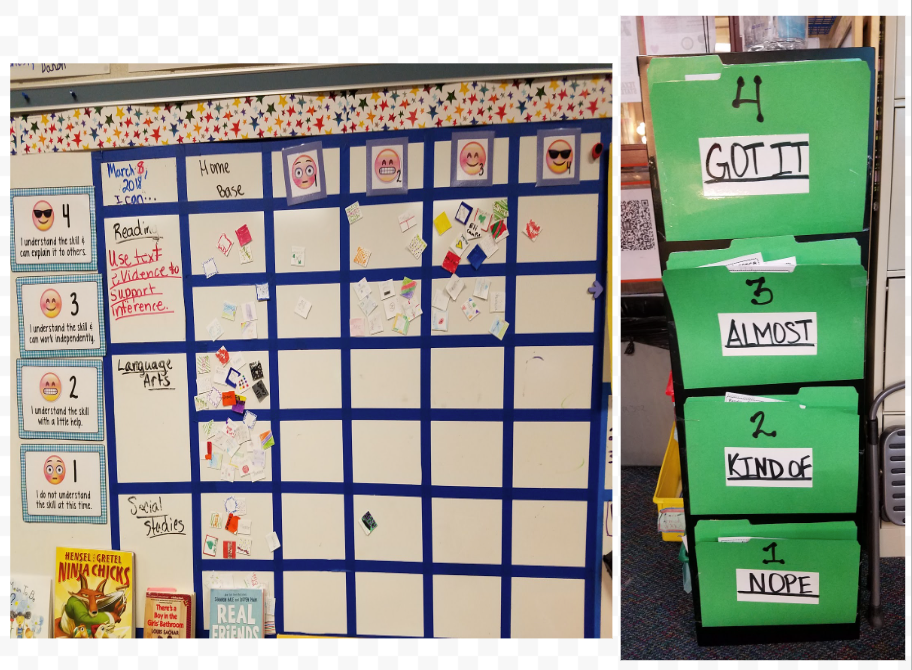Digital and Evidence-Based Strategies - PreConference is Done! #tcea #tceajmg #ETC #EDP

Whew! Another exciting start to the TCEA ETC event. The picture above is one I took right before more folks walked in. These were the eager beavers, and how nice to have them here.
What fun to learn with folks attending my session at TCEA Elementary Technology Conference. This was my three hour preconference event:
🎉📚 Transform your K-12 classroom into a literacy wonderland with “Digital and Evidence-Based Strategies to Enhance PreK-5 Literacy!" 🌈✨ Discover the secrets of reciprocal teaching and Story Bins, powerful strategies that ignite a love for reading and writing. 💪📖 🌟 You’ll find evidence-based tools and strategies for every learning style.
Big Picture Advanced Organizer
My advance organizer for participants to get the big picture….

Here’s a quick overview with pictures. Links to resources appear below as well.
Introductions
The session started out with All About Me, and Frayer your Classmate activity (I swiped it from EduProtocols):

After that, we jumped into the first activity, which was a review of Surface, Deep, and Transfer Learning via the Jigsaw Approach.
The Jigsaw Approach
I love using the Jigsaw Approach, which is kinda funny since I didn’t learn how to REALLY use it correctly until 2019. Since then, I’ve modified my jigsaw organizer to also cover Cornell Notes and 3-2-1 (Facts, Quotes, Question), which you can see below:
Page 1

Page 2

What I love about the jigsaw method is that people become experts in the area they are studying, and this high-effect size instructional strategy is a great one to model. That said, I could tell several folks in my session already were experts in surface, deep, and transfer learning, and/or how to use the jigsaw method.
A Special Share from Lynsy Curry (Humble ISD)
Lynsy was kind enough to share this picture of students gauge and report on their understanding throughout the day; I include it below with her permission:

What a great share! Lynsy shares how she uses this:
Here is the picture of how I use my self-assessment throughout the lessons each day. I put the TEKS/I Can statements on my board each morning, then students will move their magnets with their names to how they are feeling about their own level of understanding at the beginning of the lesson, and then they are free to move them throughout the lessons as their level of understanding changes. I focus on the 1s and 2s more and use the 3s and 4s to peer tutor/help.
The green folders are for when I use exit tickets to match their personal confidence in the topic/concept and their actual knowledge. I’m pretty sure I took this from someone else, but I don’t remember who because I’ve been doing this for years! I did not make this up.
Thanks, Lynsy!
Whole Brain Strategy
Another person shared an approach, “Whole Brain," for use with younger students. I had never heard of this approach, and was intrigued.
Story Bins
After the first 90 minutes spent on that activity, we jumped into the Story Bins. You can find all my resources for this online. This was the heart of the pre-conference session I facilitated, and it’s based on a TCEA blog entry I wrote earlier this summer. I am grateful to Jessica H., Peggy Reimers, and Diana Benner for their support in getting this session prepped!
Participant Action Photos
Here are some photos of participants and the solutions they developed:






They used the Engineering Design Process (EDP) to plan out projects, then develop them.
Reciprocal Teaching
This portion of the workshop was cut short, or compressed, into 33 minutes or so. You can find all my resources online. I’ll be facilitating this session in its own time slot on Tuesday.